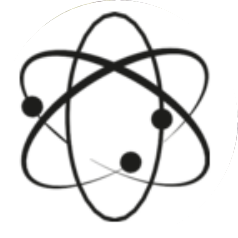In the aftermath of a disaster like themassive typhoon Haiyan, which devastated the Philippines on 8 November,confusion often reigns and sketchy information abounds. This can leave respondersunsure if their efforts are being put to the best effect.
A coordinated army of smart software and aerial drones could change that. Bygathering information from across an affected area, software agents 一algorithms that canwork with a degree of autonomy一will build a picture ofthe situation and give recommendations for how people should direct theirresources to mitigate damage and save lives.
The system, called Orchid, is being developed as part of a £10 million projectof the same name funded by the UK government. Initial testing has shownpromising results, and Rescue Global, a London-based disaster responder, isplanning a field trial next year.
Orchid's software agents come in several flavours: they inhabit flying droneswith on-board cameras, and servers that sift data coming in from the disasterarea, like pictures, tweets or even sensor readings.
Each is programmed to watch for rapid changes to a situation. For example, ifair quality sensors suggested that a chemical plant was leaking toxic gas, thesensors could send a signal todrones on a mapping project that could then flyto the scene, take further readings and shoot video from several differentcamera angles.
The information is then communicated wirelessly to an agent called a plannerthat assses it and makes a suggestion to the person coordinating the aid efforton how to proceed. "We are trying to fix the inefficiencies indeploying emergency responders that prevent proper prioritisation and schedulingof rescue tasks," says Sarvapali Ramchum, a computer scientist at theUniversity of Southampton in the UK, which leads a consortium of universitiesand companies working on the Orchid project.
In the wake of the magnitude 7 quake that devastated Port-au-Prince, Haiti, inJanuary 2010, such a system could have been a huge help, says Ramchur."Roads were completely blocked and buildings were down so they had toremap the city to find the accessible zones for relief operations," hesays. That was performed via crowdsourced reports to the Ushahidi website anduse of Open Street Map——but it took 48 hours to complete. The Orchid team say softwareagents in charge of swarms of airborne drones could do that far quicker.
The agents are also designed to address a common problem in disasters:unreliable data. Distressed people in traumatic circumstances can supplyinaccurate information. For instance, following the 2011 nuclear disaster atthe Fukushima Daiichi power plant in Japan, people bought or built their ownGeiger counters to track the spread of radiation. But many of the reportedreadings were implausibly high.
Orchid's information-gathering agents weed out reports that appear erroneous,quashing outying high or low numbers in a dataset. In simulations of radioactiveplumes that the team has run, this has worked well.
What is the passage primarily about?
A.Drones inhabited with smart software to plot disaster relief. B.Orchid's software. C.How to plot typhoon relief. D.Application of Orchid to plotting quake relief.正确答案A


